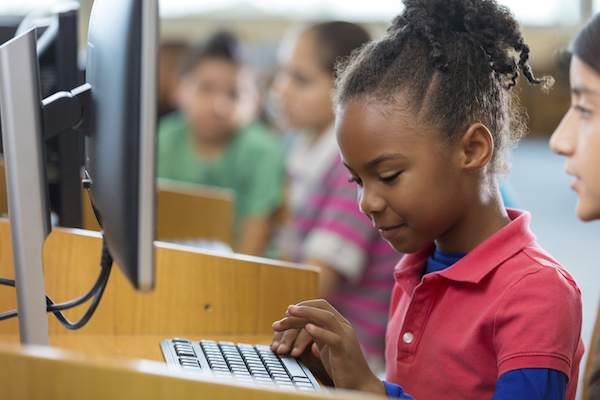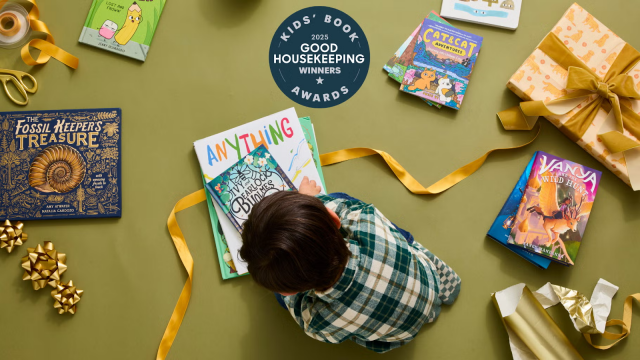Using the Library as a Classroom
- June 16, 2016
- By Elisabeth Morgan

While schools are closing up for the summer, libraries are opening their doors for months of cool air, summer reading, and programs for every grade level. Taking children to the library to read not only helps beat the summer slide, but it provides a learning community that they may want to revisit all year long. And librarians today are doing a lot to make this happen.
“I really believe that the heart of librarianship is learning, and then supporting learning in every way that we can,” said Michael Stephens, author of the recently published Heart of Librarianship (ALA). Stephens lead the opening keynote for Library as Classroom, a conference hosted by Library 2.0 that explored the changing roles of libraries in communities today. Hundreds from around the world attended online sessions to learn about how libraries are refocusing their efforts on becoming learning centers in their communities, whether it’s by providing reliable high-speed internet or simply the space to let kids hang out without the structure of the school day.
Stephens, who writes the column Office Hours for School Library Journal, suggested a new model where the library serves as a community that provides four main services: Meeting Space, Learning Space, Performance Space, and Inspirational Space. Within modern libraries, he says, peer to peer collaboration, inquiry-based learning, and creativity should be what librarians and volunteers focus on providing.
“The most important traits we can develop as professionals is creativity, curiosity, and openness to new ideas,” he said. And the way libraries big and small can do this is by listening to those who use them. Librarians have, “a call to action to engage with folks, first of all by asking what they need, and then by being simply creative. It starts with us.”
As important as it is for librarians to keep innovating their services and providing modern tools for learning, it’s equally as vital for the public to give feedback about what they appreciate and what they need at their local library. Using the library as a classroom is easier than ever, and can be especially rewarding during summer months. Consider setting a day aside to visit the library with your kids. Let them read, explore the internet in a safe space, or even join a class or lecture, and see what lights them up. You may be surprised at how far your library has come since you were a child.
“Libaries are even beginning to instruct kids on data literacy and creating infographics,” said Joyce Valencia, who was a teacher librarian for 25 years and is currently an Assistant Professor in the Master of Information program at Rutgers University. In her keynote presentation, she mentioned dozens of ideas that librarians can consider in their spaces, including green screens and virtual bookclubs.
Summer is the time to indulge kids’ curiosity about the world without the pressures of school, homework and timed reading. As Michael Stephens puts it: “Where imaginations play, learning happens.”
If you’d like to listen to the recordings of Library 2.0’s Library as Classroom Conference, they can be found on their website.


